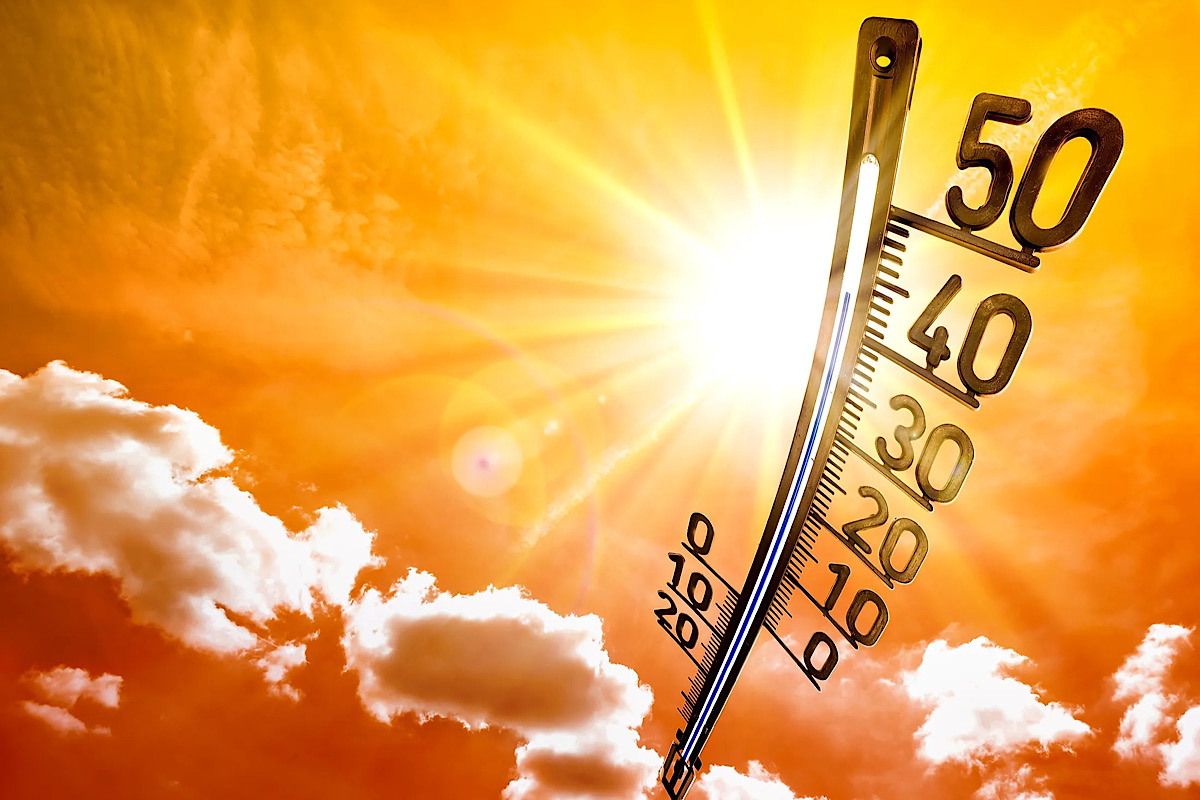
Most parts of India witness hot to very hot conditions in the pre-monsoon months of March, April, May and June, with some coastal areas having a combination of heat and humidity. While hot weather is not a new concern for the country, what has been concerning in recent years is the occurrence of multiple record-breaking heat wave events and the widespread nature of these events, in terms of their timing, severity, duration, spatial extent or all of them. It is now well-accepted in the scientific community that human burning of fossil fuels results in rising carbon dioxide in the atmosphere that increases the earth’s average temperature and intensifies many extreme events, including heavy rain and droughts, though the confidence in climate change attribution varies across these events. According to the Intergovernmental Panel on Climate Change, based on a synthesis of state-of-the-art scientific literature, there is the highest confidence that human emissions intensify hot extremes and heat waves, with overall higher average temperatures making hot extremes more likely. Studies have shown that the heat waves in India in 2022 and 2023 were made at least thirty times more likely by human-induced climate change. In addition to global warming and climate change, India’s targets of rapid urbanisation and economic growth are likely to result in further loss of green cover and surface water bodies, resulting in local conditions favourable for heat waves. On top of that, poor air quality can coincide with heat waves, jeopardising public health. This is all the more critical for South Asia in general and India in particular, which have an abundance of black carbon aerosols, tiny particles in the atmosphere that can absorb radiation and enhance heat stress.
The science of climate change attribution has developed fairly recently, and studies focusing on extreme events in India are few and far between. If the weather is imagined as a dice with several possible outcomes, one can say that human-induced climate change has ‘loaded’ the dice, increasing the ‘chance’ of certain outcomes. Scientists find out how much such a chance is altered by looking at computer model simulations of a world without climate change, vis-à-vis a world as it is, with human signals. Here, it is important to acknowledge that not all weather-related risks might result in on-ground loss and damage. Socio-economic vulnerability, local regulations and interventions, adaptation and planning, and even public awareness play a role. A classic example related to heat waves is the city of Ahmedabad, which came up with its own heat action plan after the disastrous event of 2010, resulting in significantly better management of the heat wave event of 2015 and subsequent years. Therefore, attribution studies not only should be encouraged but should also foster collaborations between climate scientists, engineers, city planners and administrators, disaster management agencies, as well as experts in the social sciences.
While the climate change attribution question has the merit of scientific curiosity, the implications may be deeper and far-reaching. For example, the Conference of the Parties (COP) and the Conference of the Parties serving as the Meeting of the Parties to the Paris Agreement (CMA) have now operationalised the Loss and Damage Fund, an arrangement to aid developing countries to cope with the adverse effects of climate change. Support has been pledged by developed countries to the Loss and Damage Fund in the COP28 held in 2023 in Dubai. While the mechanisms of actual financial assistance are being worked out, the key role of climate change attribution cannot be underestimated. For any fund allocation, it would be imperative to understand if and by how much a disaster had been worsened by human-induced climate change. Therefore, the attribution community has the additional responsibility to make the scientific methods more robust, address existing pitfalls, and communicate associated uncertainties appropriately.
Advertisement
While global efforts by governments are underway, how can a public citizen engage? In April 2024, in the first-ever climate litigation won on human rights, a group of elderly Swiss women claimed that human-induced warming had affected their health and lives. The European Court of Human Rights has ruled in their favour and held the Swiss government responsible for not meeting its emission reduction targets. Roughly around the same time, the Supreme Court of India has suo moto recognised the fundamental right of a citizen to be free from adverse effects of climate change and environmental degradation. Both rulings can potentially have cascading effects on the law in multiple countries and can definitely trigger more fights over justice related to climate change. Incidentally, the heat wave in Europe in 2003 was the first-ever event that was scientifically attributed to human-induced climate change. More contributions from Indian researchers in the science of climate change attribution in the coming years will strengthen Indian citizens to fight for climate justice.
The author is associate professor of civil engineering and climates studies at Indian Institute of Technology, Bombay.
Advertisement




















